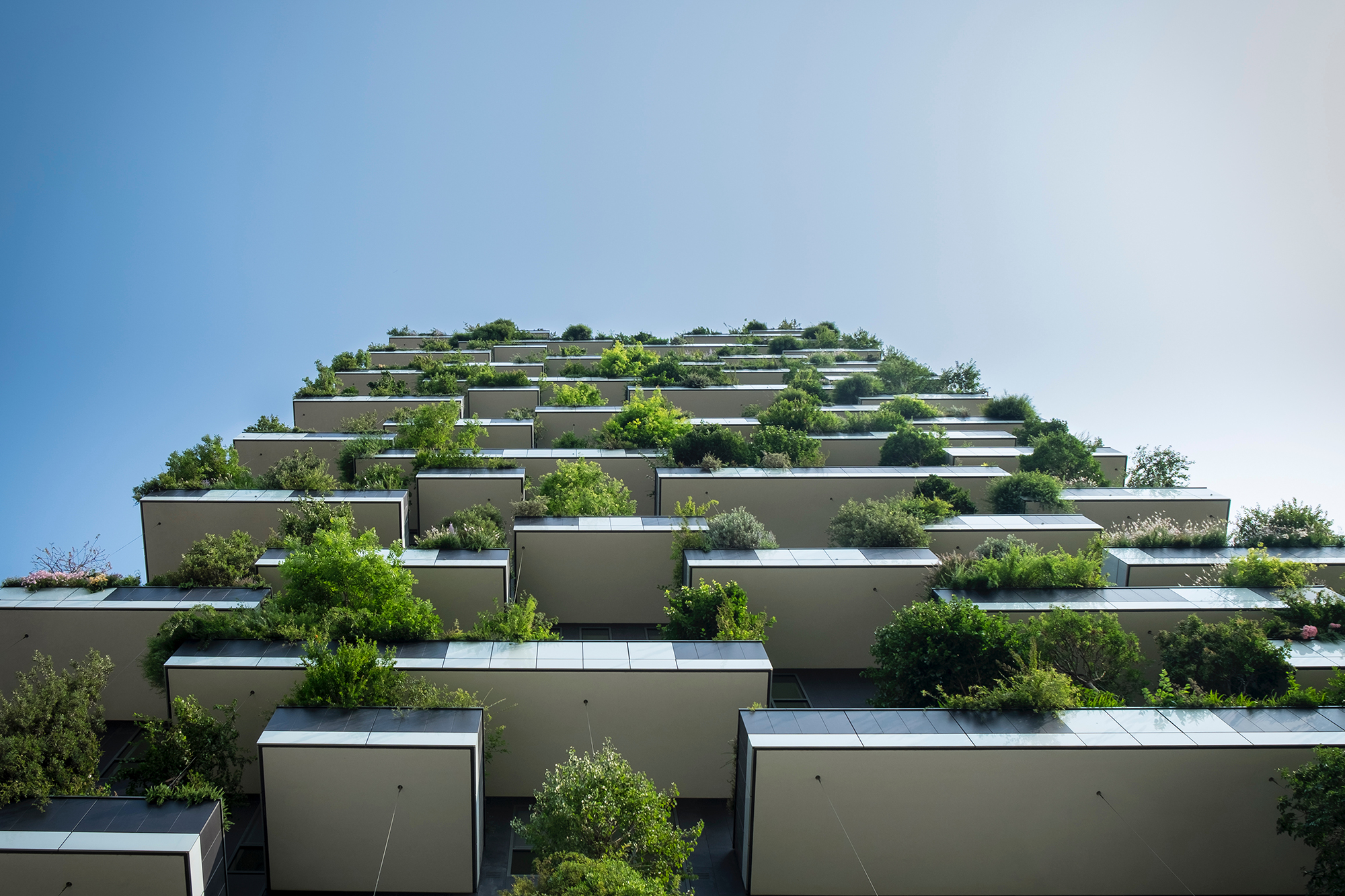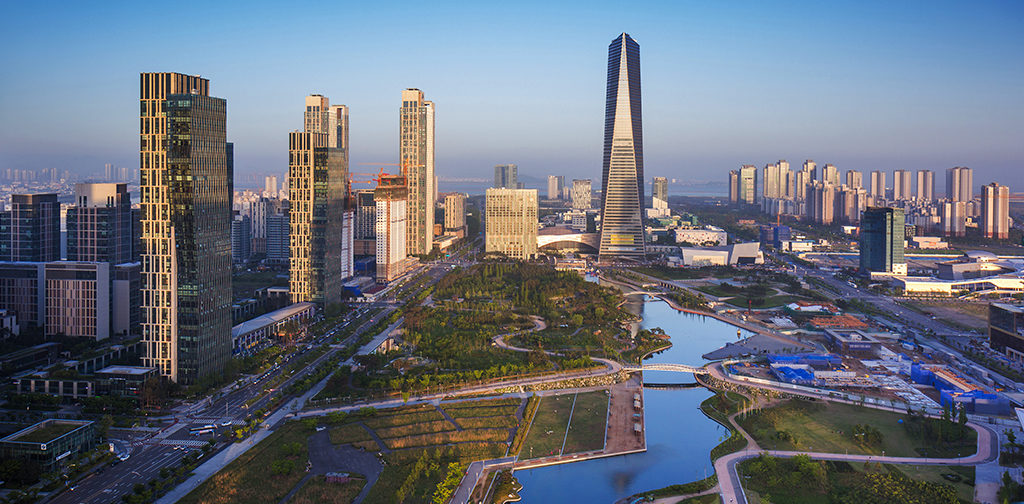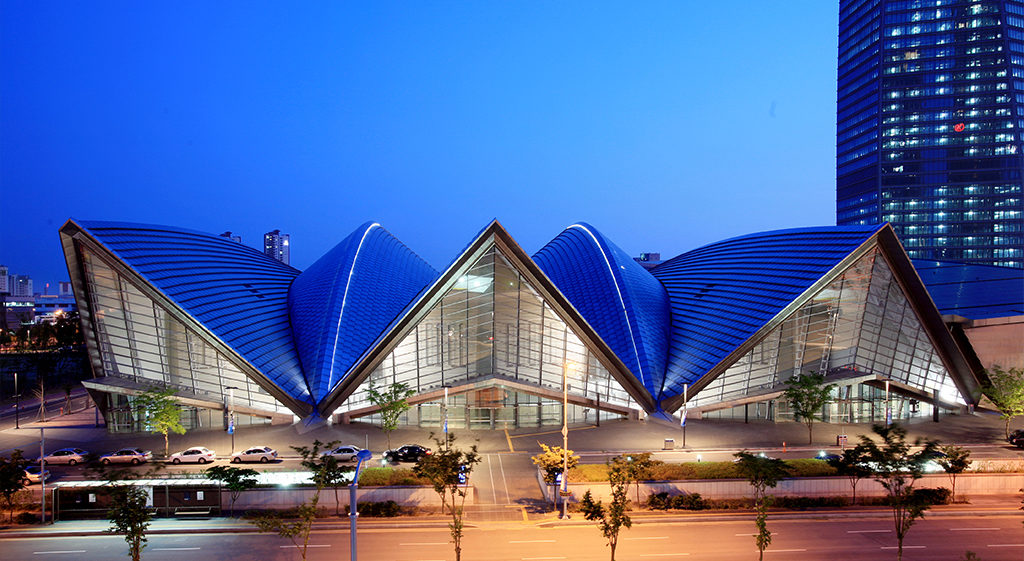
Smarter Buildings For A Healthier World
mars 9, 2017 — Uncategorized
With the entry into force of the United Nations Paris Agreement in 2016, leaders worldwide have made the reduction of carbon emissions a global priority. As urban areas become greater in size and population – with two-thirds of the world expected to live in cities by 2050 – their appetite for energy is becoming insatiable.
Urban buildings, more specifically, can consume vast amounts of energy throughout their entire life-cycle – from construction to demolition. According to the United States Environmental Protection Agency (EPA), buildings in the U.S. are responsible for 39% of primary energy consumption and account for 72% of all electricity consumed domestically. Designing energy-efficient buildings in cities has never been more important.
In addition to being sustainable, can green constructions be part of the same equation as improved quality of life? In fact, they can. When buildings go green, they include healthier indoor environments for occupants, from ventilation systems offering better air quality to increased natural daylight. In the years to come, green buildings could become more and more part of the conversation when it comes to assessing urban ecosystems of health and wellbeing, a key theme to be explored at our upcoming NewCities Summit.
Nearly 20 years ago, the U.S. Green Building Council (USGBC) developed a rating system that has become the benchmark for green construction: Leadership in Energy and Environmental Design, commonly known as LEED. Since the rating system was unveiled in 2000, architects and engineers around the world have made LEED the most widely used third-party verification for green buildings, with approximately 1.85 million square feet being certified daily.
“LEED guides our buildings, cities, communities and neighborhoods to become more resource- and energy-efficient, healthier for occupants and more competitive in the marketplace,” said Mahesh Ramanujam, President and CEO of USGBC. “Buildings that achieve LEED certification are lowering carbon emissions, creating a healthier environment and reducing operating costs while prioritizing sustainable practices.”

Songdo: LEED Champion in Asia
The Songdo International Business District (IBD), a 1,500-acre development in Incheon on the west coast of South Korea, has become a true champion of LEED in Asia. Setting new standards for sustainable urban development in the region, Songdo IBD is home to almost half of Korea’s total LEED-certified space.
Built over the last 10 years, Songdo IBD is widely recognized as the world’s first sustainable greenfield city. It is home to the Green Climate Fund, World Bank Korea and the Convensia Convention Center – the first LEED-certified Exhibit Hall in Asia and the host venue for this year’s edition of the NewCities Summit.

“A Win-Win Situation”
In the Western world, green-certified buildings are also rapidly growing. According to a joint CBRE And Maastricht University Study, the number of buildings awarded the Energy Star-label in the United States increased by close to 600% between 2005 and 2013. The proportion of buildings that are LEED certified grew by over 1000%.
“Building energy efficiency presents an immense opportunity for effective climate action. When both the environment and economy benefit, it’s a win-win situation,” said Amy Davidsen, Executive Director of The Climate Group North America.
According to USGBC, green building owners reported that the return on their investment improved by 19% on average. “By incorporating green practices, buildings around the world are positively impacting their triple bottom line — people, planet, profit,” said Mr. Ramanujam.
Mr. Ramanujam will count among the speakers at the the NewCities Summit, which will provide a forum for constructive conversations about the social infrastructures of cities, greenfield cities and setting wellbeing standards, including for buildings and construction projects. As business leaders, policymakers and entrepreneurs convene in Songdo, their exchange of views will incubate fresh ideas about the building blocks of urban wellbeing, and how to ensure green design improves the quality of life for urbanites worldwide.